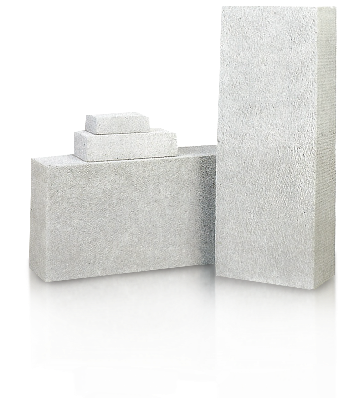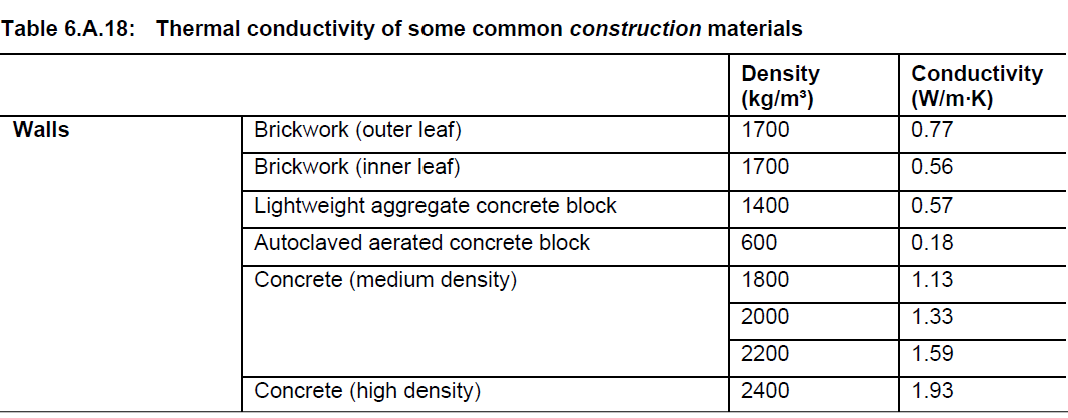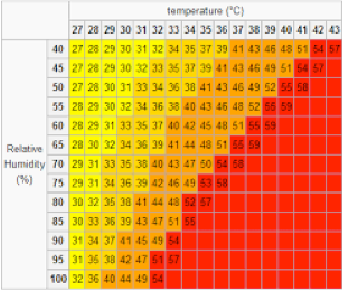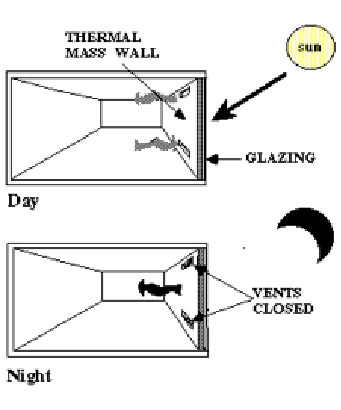For most lightweight block/ insulating products, they bring the following potential key features and benefits to the walls of a building:
1. Heat Insulation2. Strength
3. Lightweight
4. Easy to Use
5. Help Keep Homes Health
6. Help Keep Homes Quiet
7. Screws and Bolts held firmly
It is interesting to note that all of the above product benefits above are affected by the moisture content of block/ insulating product. Just how they are affected is listed below:


Key Features/ Benefits:
Water conducts heat easily. Air does not. If the product absorbs a lot of water, water then fills the product and its air bubbles (which is what most insulating products have). Water can come from: rain, humidity, or from water sprayed onto the block before plastering. If a product absorbs 20% water before the plaster is applied, then the amount of heat passing through the wall is twice the amount as what the lab test values report. And you get very different from in-place insulation performance. For good insulating products- low water absorption ensures you get an insulation value near to the lab test reports
When products are wet their strength are lower
Some products can absorb over 40% moisture – making large weight differences
Products with high water absorption may need to use special mortars, plasters or may not be appropriate to use in wet areas (ie. bathrooms) – without special coatings used
Moulds, bacteria, virus and fungi need moisture to stay alive and grow. Any products that have high moisture or enable moisture to travel through easily mean that moulds and other organisms can grow more easily and faster. And according to the National Health Serivce (NHS) of the UK “… if you have damp and mould you're more likely to have respiratory problems, respiratory infections, allergies or asthma. Damp and mould can also affect the immune system.”
Sound waves move through water faster than air – making dry walls more sound resistant than if they are wet. Also, products that have high water absorption typically have “paths” – connected air bubbles - that sound can move quickly through.
Wet products have lower strength and so hold screws less tightly depending on their water content
How to measure what a product can provide your home
Around the world countries use U values or R values to give an idea of the amount of heat passing through a wall, ceiling or roof. But each of those values is actually based on three figures – wall design, material thickness and the materials’ thermal conductivity
What does thermal conductivity mean?
This value indicates the ease of which heat can pass through a material (in a steady state environment, and using a dry sample of the material). “0” means that heat cannot pass through and as the values get higher 1, 2, 3 – heat moves more and more easily through the material.
Products with low thermal conductivities are called insulators. And as heat passed through these materials the “heat” loses energy and its’ temperature decreases. Thus the inside of the home is cooler then the outside. And for cold climates – the hot air inside the home stays inside.
While every product is different, here is a list of typical thermal conductivities for products from the UK

And K Blocks thermal conductivity is:0.14 (W/m*K) Once you have a lab thermal conductivity test (based on a dry sample of a material), you then have to look at the in-place performance of that material. And it is here that moisture places a significant role.
Moisture in the wall will influence how cool/ warm your home is and you feel. Reasons:
1. If there is moisture in your walls, then they do not give the same insulation as you would expect. You every 5% moisture in the wall, the walls insulating power goes down typically by 25%. With some products on the market having up to 40% moisture – that would mean your insulation is 3 times worse than what you thought and your walls would need to be at least twice as thick to get the same insulating power
2. Moisture also plays a role in how you feel temperature. The higher the humidity of a room, the hotter the room feels. For example, if it was 32 celcius outside and the humidity was 75% - you would feel the temperature was actually: 42 degrees (see the chart to the right) Or if it was 27 degrees inside and the humidity was 75%, you would feel the temperature was 29 degrees and you would turn the air conditioner temperature down lower – since you feel still feel hot. If you adjust the air conditioner temperature by 1 degree C, your electrical bill for the air conditioner bill will go up by 15%.
The humidity in a room is influenced by climate and by the moisture going through the buildings walls (and yes – moisture travels through walls, grout, mortar, and plaster). If the wall materials have water/ moisture in them - the moisture is pulled into the inside of the building creating higher humidity. And then if you live in a climate that has high humidity – moisture is then pulled into the wall through the plaster, and the cycle continues until a stable moisture level within the wall is reached.
Note:
If should also be noted besides insulators there is another set of products the exhibit a property
called “Mass Effect” – which means that those materials absorbs/store heat and so delay the heat/
cold from entering the building These products are not insulators but do bring benefit to climates
where days were hot and nights were cold – in those climates, you can use these Mass Effect products
and make your wall thick enough [1 hour delay for every 2.5cm of thickness - thickness does not include
the open cells of blocks] so the heat absorbed during the day warms up your home at night.






